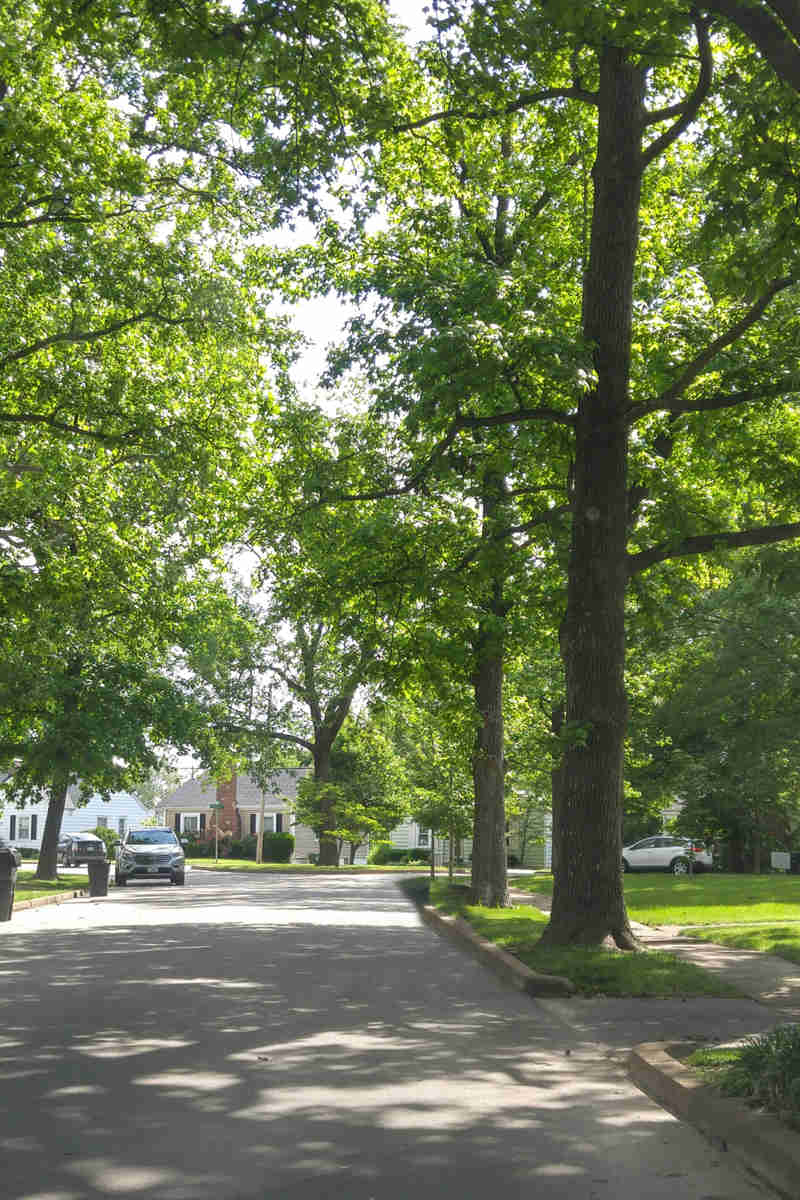Recent mild temperatures have allowed the word “spring” to creep back into our vocabularies once again. We are taking this opportunity to present a couple insects that will showcase themselves in the near future. While plants have still yet to recover from the severe drought conditions in 2016, the following pests have the potential to cause significant damage this season to landscapes throughout Massachusetts.
Winter Moth
This pest is a familiar defoliator to anyone with deciduous trees on their property. The lime-green larvae can be seen ballooning from trees on a silken thread searching for their next meal. Small black beads of frass rain down from tree canopies covering parked cars, decks, outdoor furniture and toys. In the last several years if you have looked up and seen ragged leaf margins or holes in foliage, this is the likely culprit.
Treatment and Maintenance
The most cost-effective treatment is two applications of spinosad, one at bud-break and the second at full leaf emergence. This will keep feeding to a minimum, preventing the depletion of energy reserves if an additional set of leaves is required to emerge triggered by a nearly complete defoliation.
Read more online from Mass Audobon and the Massachusetts Introduced Pests Outreach Project.
Spongy Moth (formerly gypsy moth)
A boom and bust occurred for this voracious eater during the 80’s when these hairy caterpillars would wipe out every deciduous plant in their path, sometimes even including conifers. A fungus from Japan (Entomophaga maimaiga) and nucleopolyhedrosis virus (NPV) are responsible for Spongy Moth suppression ever since, but the unprecedented drought conditions experienced last season led to an unnerving resurgence in populations during 2016.
Probably the easiest to identify due to five pairs of blue dots followed by six pairs of red dots conspicuously located on the back of the larval stage caterpillars, this pest will again cause moderate to heavy damage in many locations if we do not experience a wet spring.
Heavy infestations will leave trees completely denuded of foliage, and frass dropping will literally sound like the pitter-patter of a rain storm.
Treatment and Maintenance
The Spongy Moth is a little later to emerge than Winter Moth, so treatment includes two spinosad applications, one each in May and June. Timing is critical because targeting the later larval stages is less effective.
Read more online from The Boston Globe and UMass Extension.



